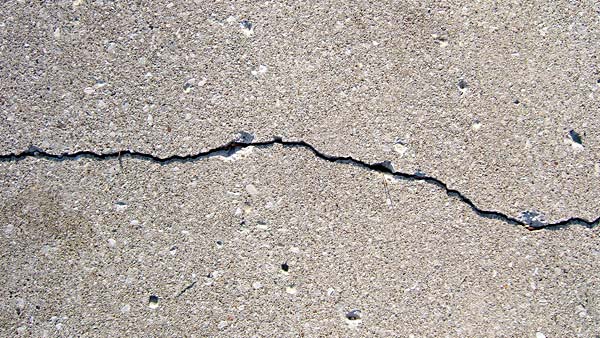
Buyers or homeowners doing their own home inspections are usually driven to save money and make sure the job gets done right and to learn a new skill. An amateur home inspection, also known as a "do it yourself" inspection, saves money and time on future home repairs, and some of them can be quite expensive or even in need of emergency repair. Also, a home inspection is an easy skill to learn once someone learns all of the usual trouble spots. After a couple of practice runs and research anyone should be able to examine their own homes throughout the year.
Here are four examples of spots known to be trouble, and they need close inspections yearly.
Look for Rotted Wood in the Attic
If undertaking self-inspections is something someone is dead set on, then starting at the top and working towards the basement is the smartest course of action. The attic will be the starting point. There are several things to look for in an attic, but finding rotten wood will reveal a lot of other problems quickly, so it is smart to look for it first. Take a screwdriver and probe sill plates and joist ends. If there are any soft spots, they usually indicate dry or wet rot, especially if there is sagging in the attic floor. Also, keep an eye out for rippled or bubbling paint. Finally, look behind siding for additional signs of rotting wood. Any rotted wood, whether it is from wet or dry rot, is a priority for replacement.
Check for Termites
The signs of termites are fairly simple to spot. Find the joists. If there are tubes thick as pencils winding along the joists, it usually means a termite infestation. The only way to be sure if to break the tube. There are two ways to know if there are termites after breaking the tubes. The termites will spill out of the tubes, or nothing will come out. If nothing comes out, check the broken tubes in a few days. Signs of repair means the termites have repaired them. In either case, call an exterminator immediately.
Water Heater Difficulties
If there is one noticeable problem with a water heater, it usually means there are several problems. Making loud noises like snapping or popping usually means the unit needs to be completely drained. Also, water from other parts of the house not getting hot enough may mean your water heater needs to be serviced or replaced, especially if it is old. This is not something that you should do yourself, and so you will definitely need to call a professional, such as one from Jim Dhamer Plumbing and Sewer, Inc.
Foundation Cracks

Foundation problems can spell doom for a home and become a real safety hazard if not handled properly and promptly. Inspecting foundations does not mean to look for just major problems. Instead, keep an eye out for hairline cracks in a poured or block concrete foundation. Usually, they are nothing to panic about, but the time to panic is when cracks begin running both vertical and horizontal or start growing. Measure their width regularly and keep an eye out for any sign of growth.
These four areas to evaluate are an important part of self-inspection. There are other things to keep an eye on, but problems in these areas can spell doom for a home's value.
Hannah Whittenly is a freelance writer and mother of two from Sacramento, CA. She enjoys kayaking and reading books by the lake.
Post new comment
Please Register or Login to post new comment.